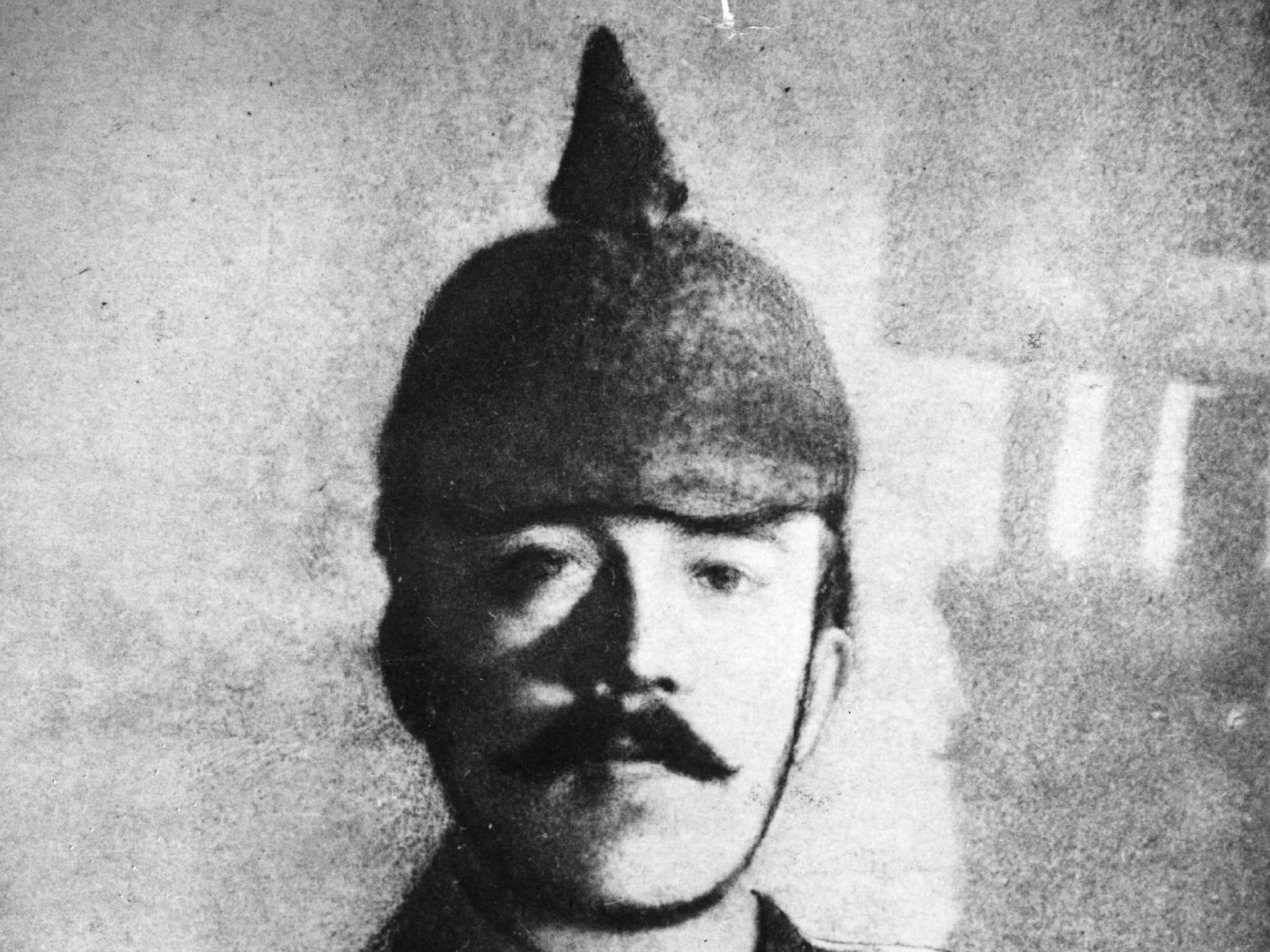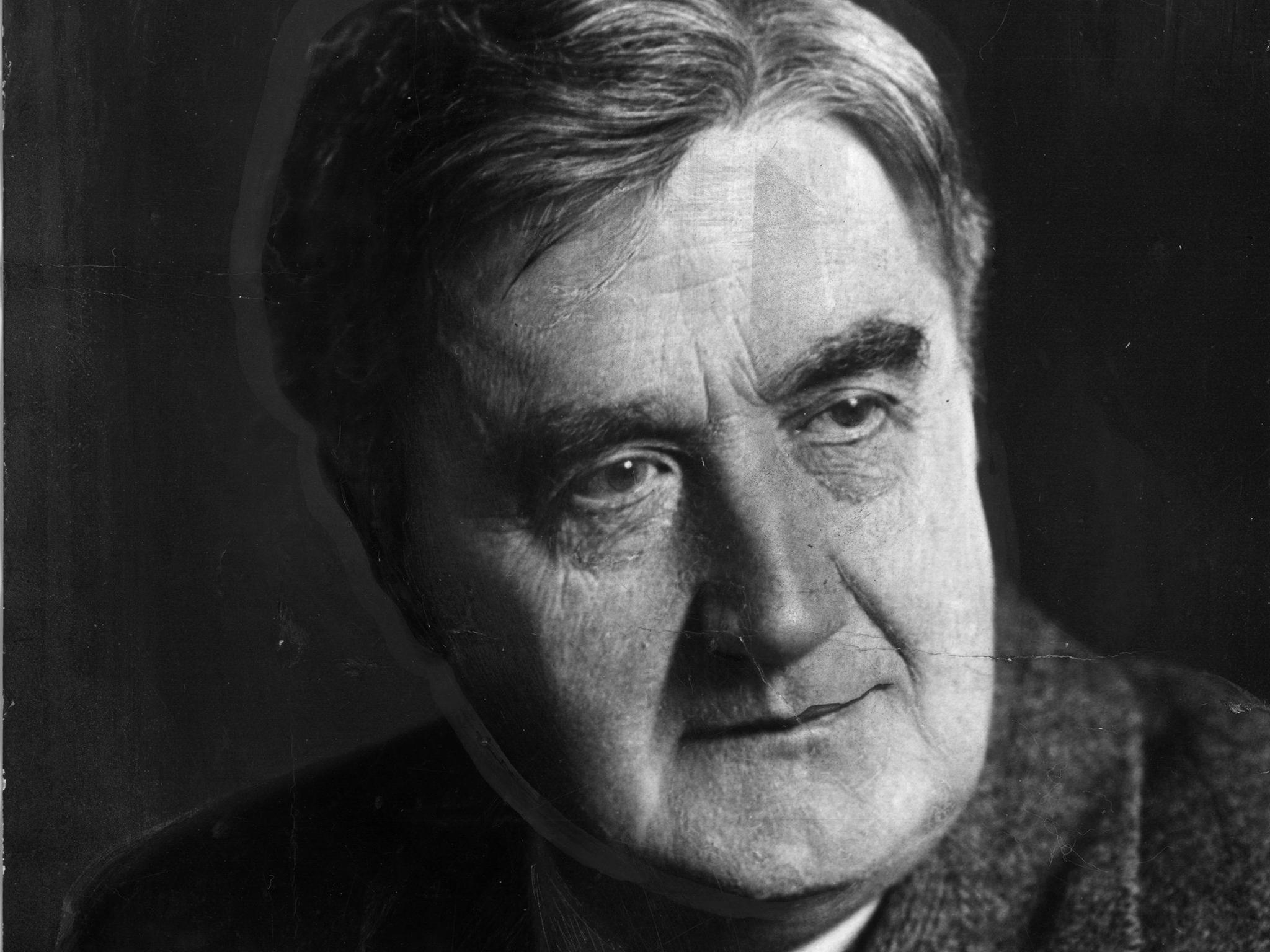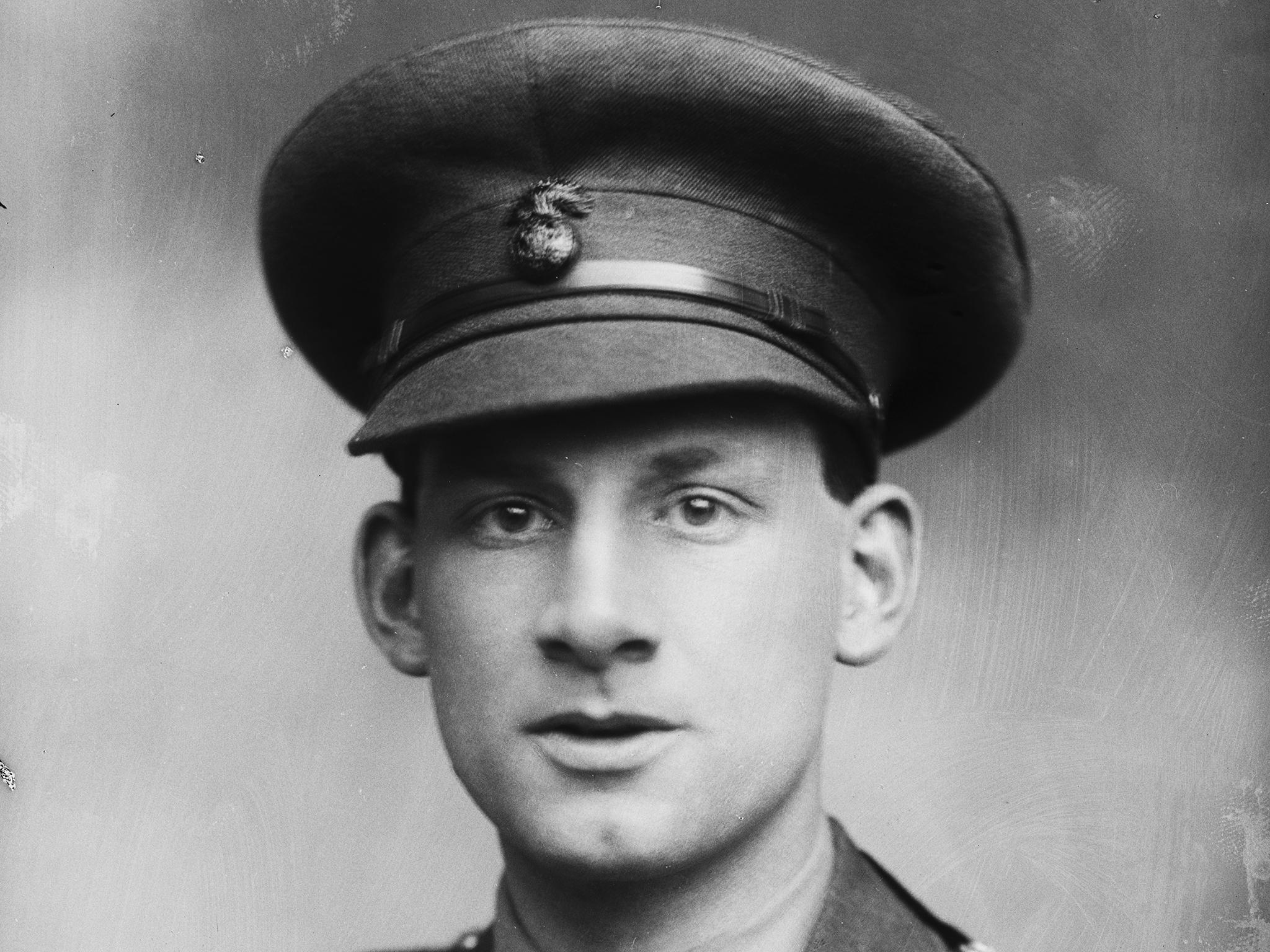Battle of the Somme: From Adolf Hitler to JRR Tolkien – the battle's most famous combatants
Ralph Vaughan Williams and Siegfried Sassoon also fought in one of the world's bloodiest battles

The 20th century's worst dictator, future British politicians and a father later send to a concentration camp by the country he fought for were among those who served during the Battle of the Somme.
Here are some of those who fought one of the world's bloodiest battles and lived on to become famous or infamous.
Adolf Hitler: The megalomaniac Nazi dictator was injured fighting for the German Empire on the Somme. Over the years there has been speculation that he suffered a wound to his genitals as well as the leg wound suffered while serving with a Bavarian unit, which gave rise to the legend that he only had one testicle. In a postcard unearthed in 2012 the then 27-year-old soldier wrote of his intention to "report voluntarily for the field immediately" from the hospital in Munich where he was recovering.
Ralph Vaughan Williams: The composer whose work The Lark Ascending is frequently voted Britain's most popular piece of classical music. He enlisted as a private in the Royal Army Medical Corps on New Year's Eve, 1914, the same year he produced the work. He was aged 42. His friend, fellow composer George Butterworth, was killed on the Somme on August 5 1916.

Otto Frank: Anne Frank's father was the only member of the family to survive the Holocaust. Born in Frankfurt he was drafted into the German Army in 1915 served on the Western Front for the rest of the war, earning promotion to Lieutenant. He moved the family from Germany to Amsterdam in 1933 after Hitler's rise to power and increasing violence and discrimination against Jews, even those who had put their lives on the line for their country.
Somme selfies: long-lost photographs of British soldiers involved in the battle
Harold Macmillan: The British Conservative Prime Minister from 1957 to 1963 was an officer in the Grenadier Guards who was wounded twice during the Somme. He spent the rest of the war recovering and was left permanently affected.
JRR Tolkien: The Hobbit and Lord of the Rings author was an officer in the 11th Battalion, Lancashire Fusiliers. Serving in the difficult northern sector of the Somme battlefield, Tolkien's health eventually suffered. He contracted trench fever at the end of October 1916 and was then sent back to hospital in Birmingham. He was unfit for service for the rest of the war.
Siegfried Sassoon: As a second lieutenant with the 1st Battalion, Royal Welsh Fusiliers, war poet Sassoon witnessed the carnage of July 1 weeks after earning a Military Cross in a daring operation to rescue a soldier in No Man's Land.

Robert Graves: A friend of Sassoon and a fellow war poet who served in the same unit, Graves was wounded in eight places on July 20 in a shell explosion. He was so badly hurt that his family were told he was dead and it was announced in the Times. He described his wartime experiences in Farewell To All That in 1929 and eventually died in 1985, aged 90.
Edmund Blunden: A poet contemprary of Sassoon and Graves, Blunden was physically uninjured by his war service but suffered from "shell shock", now known as Post Traumatic Stress Disorder (PTSD) for the rest of his life. He described the Somme in works including Thiepval Wood.
Press Association
Join our commenting forum
Join thought-provoking conversations, follow other Independent readers and see their replies
Comments
Bookmark popover
Removed from bookmarks